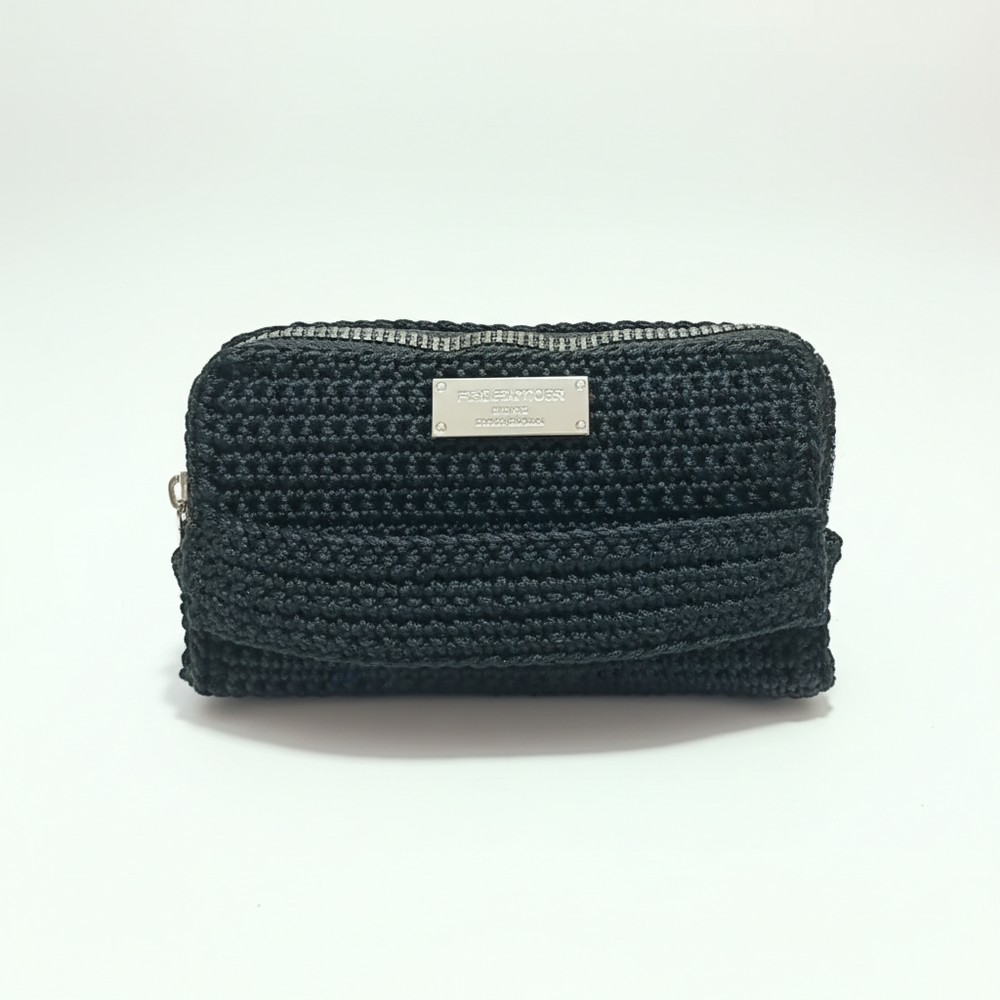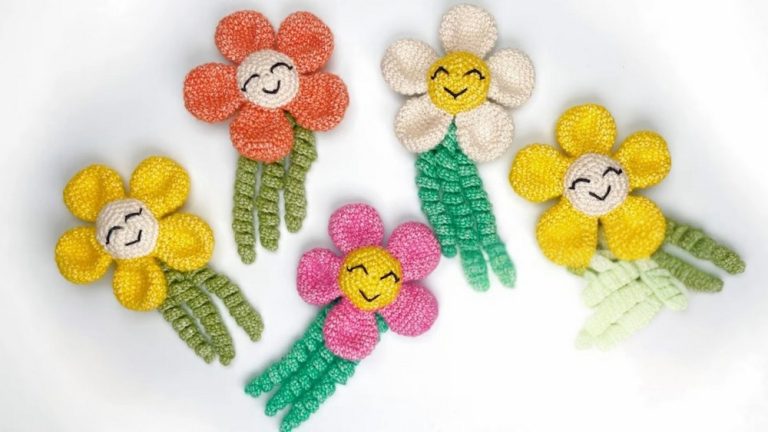How to Crochet Wallet Pattern for Ultimate Convenience
Chic and Cute Crochet Wallet Pattern for Beginners
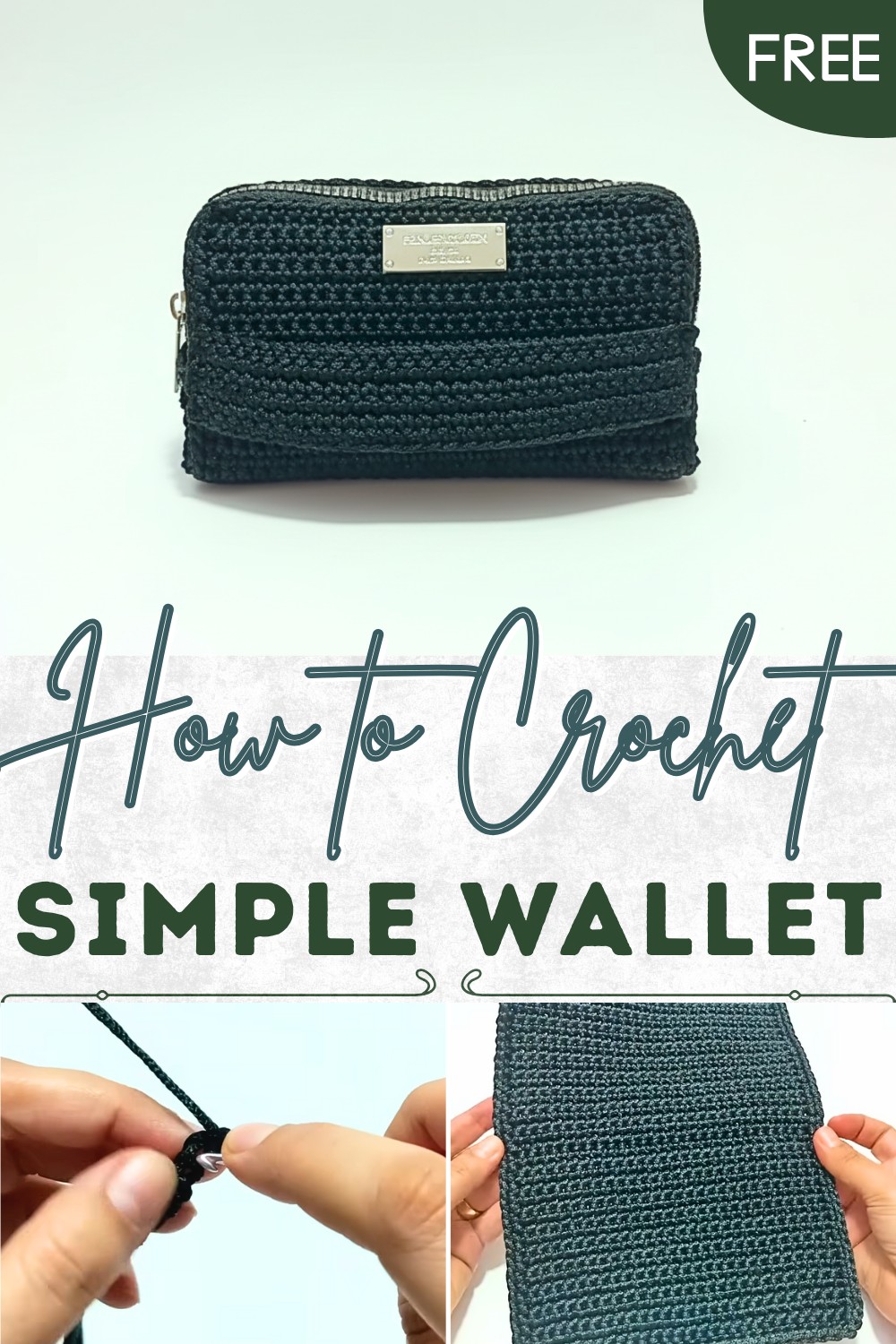
More than just a storage item, a crochet pattern lets you combine functionality with artistry. It’s a lightweight, versatile accessory that makes for a thoughtful gift or practical addition to your wardrobe. As you work through the pattern, focus on precision and creativity to ensure your wallet stands out as a truly personalized creation.
Materials Needed
- Medium-weight cotton yarn for durability.
- Suitable crochet hook (e.g., 3.5mm or 4mm).
- Yarn needle for weaving ends.
- Optional decorative elements such as beads, buttons, or embroidery thread.
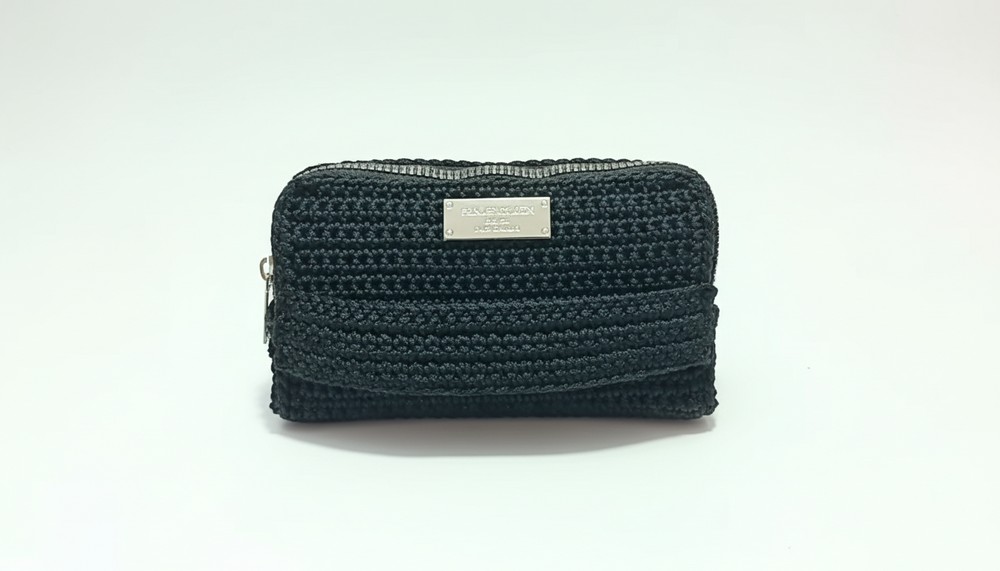

Begin the pattern with a solid base, typically made using foundational stitches such as single crochet or half-double crochet. This ensures the structure is firm and suitable for daily use.

As you build the body of the wallet row by row, try incorporating textured patterns or color changes to make the final result visually interesting and unique.
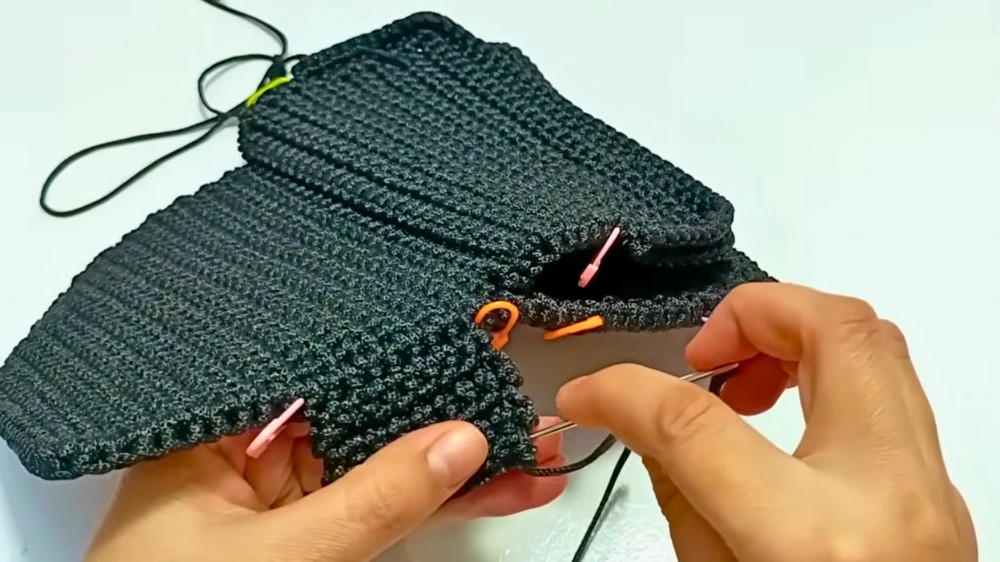
For added functionality, create pockets or dividers as individual pieces and attach them strategically inside. Be mindful of keeping consistent tension throughout, as it plays a key role in achieving clean, even edges. For a seamless finish, use slip stitching or whip stitching to assemble the parts.
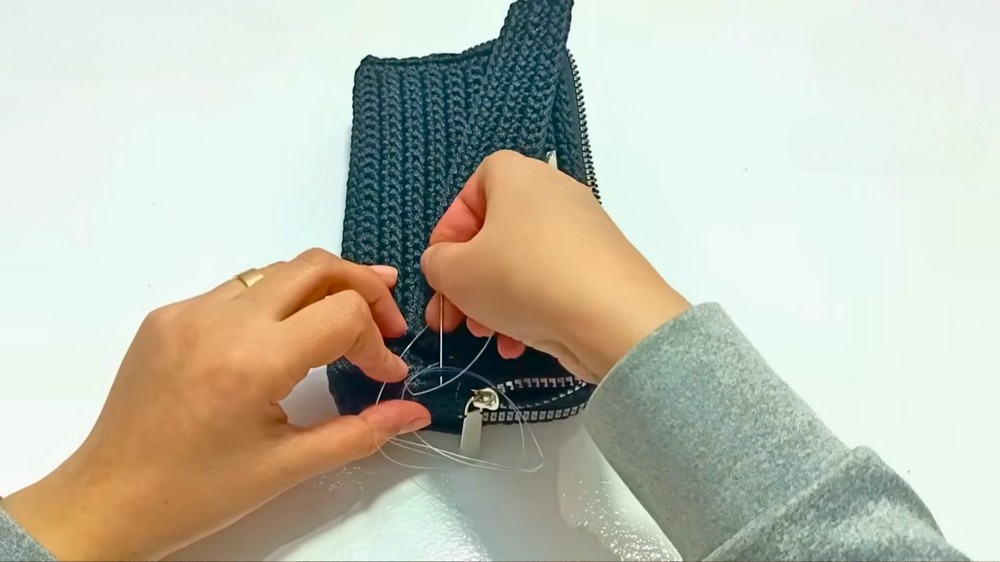
Complete the pattern with a secure closure, such as a button or zipper, and embellish it with simple details like beads, embroidery, or contrasting yarn stitches. This step adds a dash of personality to your design while keeping your essentials safe. Blocking the wallet is a helpful technique to give it a polished appearance and maintain its shape over time.
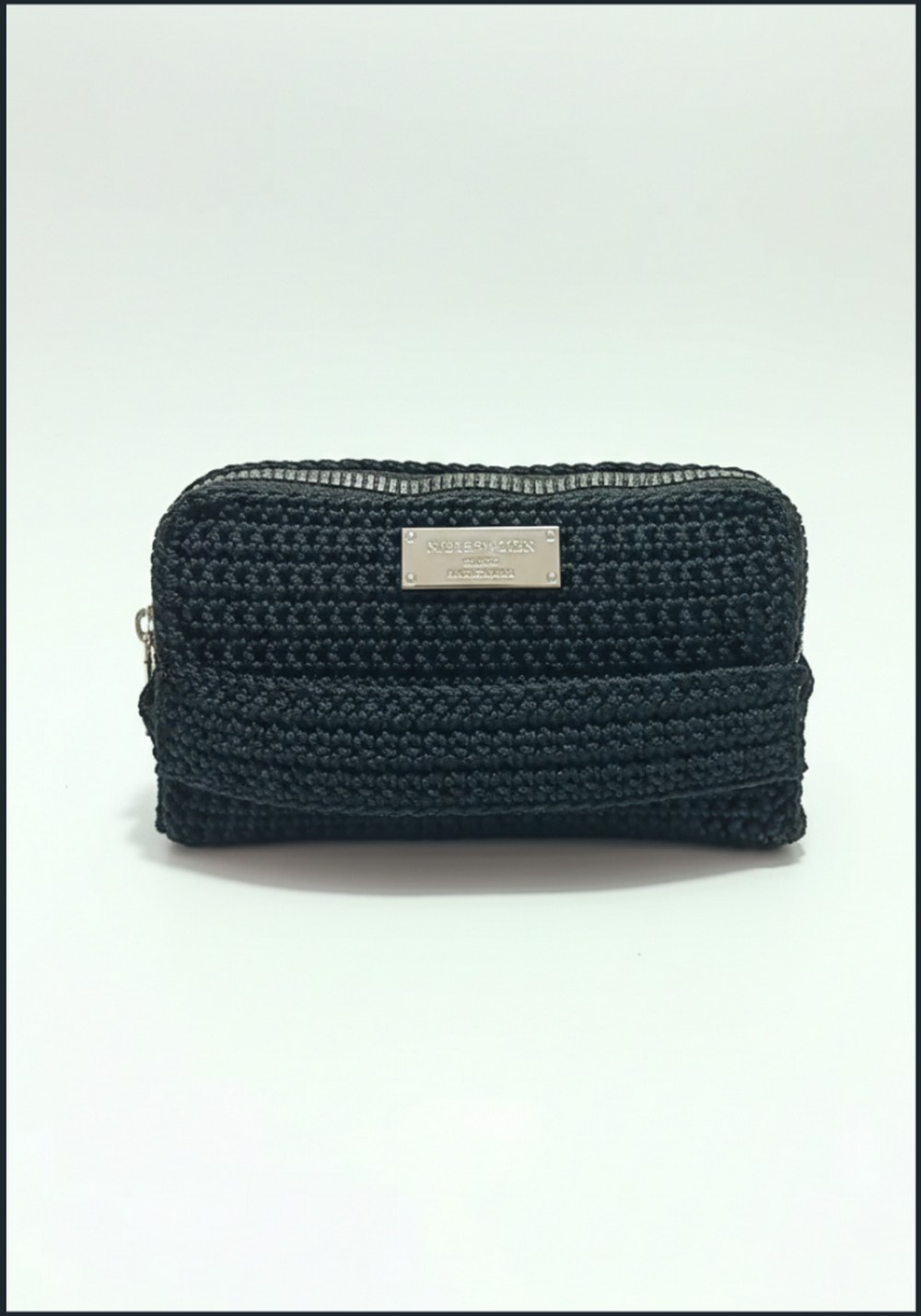
Special Features
- Customizable Size: Adjust the number of foundation chains and rows to make larger or smaller wallets.
- Various Closures: Choose zippers, buttons, or leave it as an open clutch.
- Unique Design: Use textured stitches or multi-color yarn to make it one-of-a-kind.
Difficulty Level
The crochet wallet pattern is suitable for beginners who know basic stitches (single crochet, double crochet) and intermediate crocheters seeking to experiment with textured designs.
Tutor Suggestions
- Practice your foundational stitches before starting the wallet for even tension and neat edges.
- If you’re new, plain designs with single crochet are easier to execute.
- For advanced crocheters, mix stitch patterns or color changes for more intricate designs.
Uses
- Perfect to store cash, credit cards, coins, and other small essentials.
- Makes for a thoughtful, handmade gift for loved ones.
- It can be customized for everyday use or special occasions.
Tip
Block your wallet once finished. This ensures smooth edges and an expert look. You can use a damp cloth to gently press down, the fabric and set its shape.
Step-by-Step Instructions
A crochet wallet is a stylish and functional accessory that is perfect for keeping your small essentials like cash, cards, or keys organized. In this tutorial, we’ll give you the detailed step-by-step pattern, materials, features, and tips to crochet a stunning wallet.
Conclusion
Crocheting a wallet is a simple yet fulfilling project that combines functionality with crochetsmanship. With a little patience and some creativity, you can make a wallet that’s both practical and visually appealing. It’s a great project for beginners and experienced crocheters alike, offering an opportunity to express creativity and explore new techniques.

